Adobe Commerce vs Magento: Noteworthy Differences








Magento and Adobe Commerce are considered popular eCommerce platforms, used by hundreds of thousands of businesses worldwide.
Both platforms have strong growth potential in the future, given the increasing trend of eCommerce and the demand for robust and flexible eCommerce solutions.
1. Overview
Magento is an open-source eCommerce platform used by over 300,000 eCommerce websites before being officially acquired by Adobe in 2018. Magento is known for its performance, user-friendliness, scalability, and security, especially in Magento 2.0.
Since its establishment, Magento has provided two main versions for businesses:
- Magento Open Source (also known as Community Edition): A free version that requires the integration of various extensions and technical knowledge for building and managing an eCommerce website.
- Magento Commerce: A paid version suitable for large enterprises seeking a customizable experience, unlimited features, and scalability for all deployment scales.
Currently, there are two main versions:
Magento Open Source and Adobe Commerce. Adobe Commerce is further divided into two versions, On-Premise (referred to as Adobe Commerce) and On-Cloud (referred to as Adobe Commerce Cloud).
What is Magento Open Source?
Magento Open Source is a free, open-source eCommerce platform that requires users to have technical knowledge and skills to install, build, and manage the website. This platform also takes time and money to deploy basic to advanced features.
Key features include:
- Category Management: Control over product data, product features, categories, prices, inventory quantities, images/videos for operations and optimized business.
- Store Management: Management of product inventory, control of business operations, and personnel for each branch.
- Cart & Checkout: Management of the shopping cart, and customer checkout information.
- Customer Management: Managing customer information to improve marketing efficiency, shopping experience, and customer satisfaction.
- Marketing Management: SEO optimization and implementation of marketing programs using support tools to boost sales for businesses.
- Sales Management: Setting up and operating sales processes, orders, payments, and shipping.
- Content Management: Development and optimization of content elements for CMS pages, image storage, theme customization, and website design.
- System Management: Role-based admin permissions, reviewing the best security methods, maintenance, and system care.
- Analysis & Reporting: Support for tracking, and measuring the performance of eCommerce systems, and planning for future strategies.
Depending on the complexity of the system, the cost of deploying a Magento website can fluctuate around $50,000 for the first year.
What is Adobe Commerce?
This is a paid on-premises service from Adobe, so this platform includes all the premium features of Magento Open Source and more.
After merging with Adobe, Magento Commerce was renamed Adobe Commerce and is considered part of the Adobe Experience Cloud—a set of solutions designed to help businesses make informed decisions and provide enhanced customer experiences based on detailed information and data.
Adobe Commerce is often integrated with Adobe Experience Manager, Adobe Analytics, and Adobe Target. Through Adobe Commerce, businesses have access to smart business services provided by Adobe, as well as machine learning capabilities and personalization provided by Adobe Sensei.
This makes Adobe Commerce the perfect eCommerce platform for businesses with complex needs and a desire to leverage leading capabilities to provide superior experiences for customers across multiple devices and channels. However, due to the relatively complex functional eCommerce website system on Adobe Commerce, businesses will need to be autonomous in the complex infrastructure as well.
The following diagram illustrates the reference architecture for deploying Adobe Commerce on AWS infrastructure. Other cloud service providers such as Azure, Google Cloud, and Alibaba Cloud also have similar infrastructure designs and services.

With all the reasons mentioned above, Adobe Commerce will have relatively high deployment costs, around $130,000 per project for the first year, depending on the complexity of the website system.
What is Adobe Commerce Cloud?
In contrast to the self-hosted version like Adobe Commerce, Adobe Commerce Cloud is a version that includes cloud services.
Specifically, this platform includes all the features of Adobe Commerce along with enhanced Adobe Cloud infrastructure, including integrated GIT (distributed source code management software) and specific environments for development, staging, and building the website system.
This means that developers using this platform can write code, test, and deploy on suitable environments, ensuring smooth performance.

Similar to Adobe Commerce, Adobe Commerce Cloud is also suitable for large enterprises with special requirements because this version can meet all specialized needs, with flexibility and scalability through available management features.
However, the cost for enterprises to deploy Adobe Commerce Cloud will be higher than Adobe Commerce, around $150,000 per project for the first year, depending on the complexity of the website system.
Read more: The cost of building an Adobe Commerce (Magento) website
2. Adobe Commerce vs Magento: Notable Differences
Although Adobe Commerce and Magento share the same core technology platform, they have functional differences. Magento includes some core features, and businesses can develop or integrate additional features through extensions.
On the other hand, Adobe Commerce includes features from Magento Open Source, along with additional features developed by the Adobe team.
Similarly, Adobe Commerce Cloud includes features from Adobe Commerce, along with advanced and more specialized features designed to address specific challenges for each business.

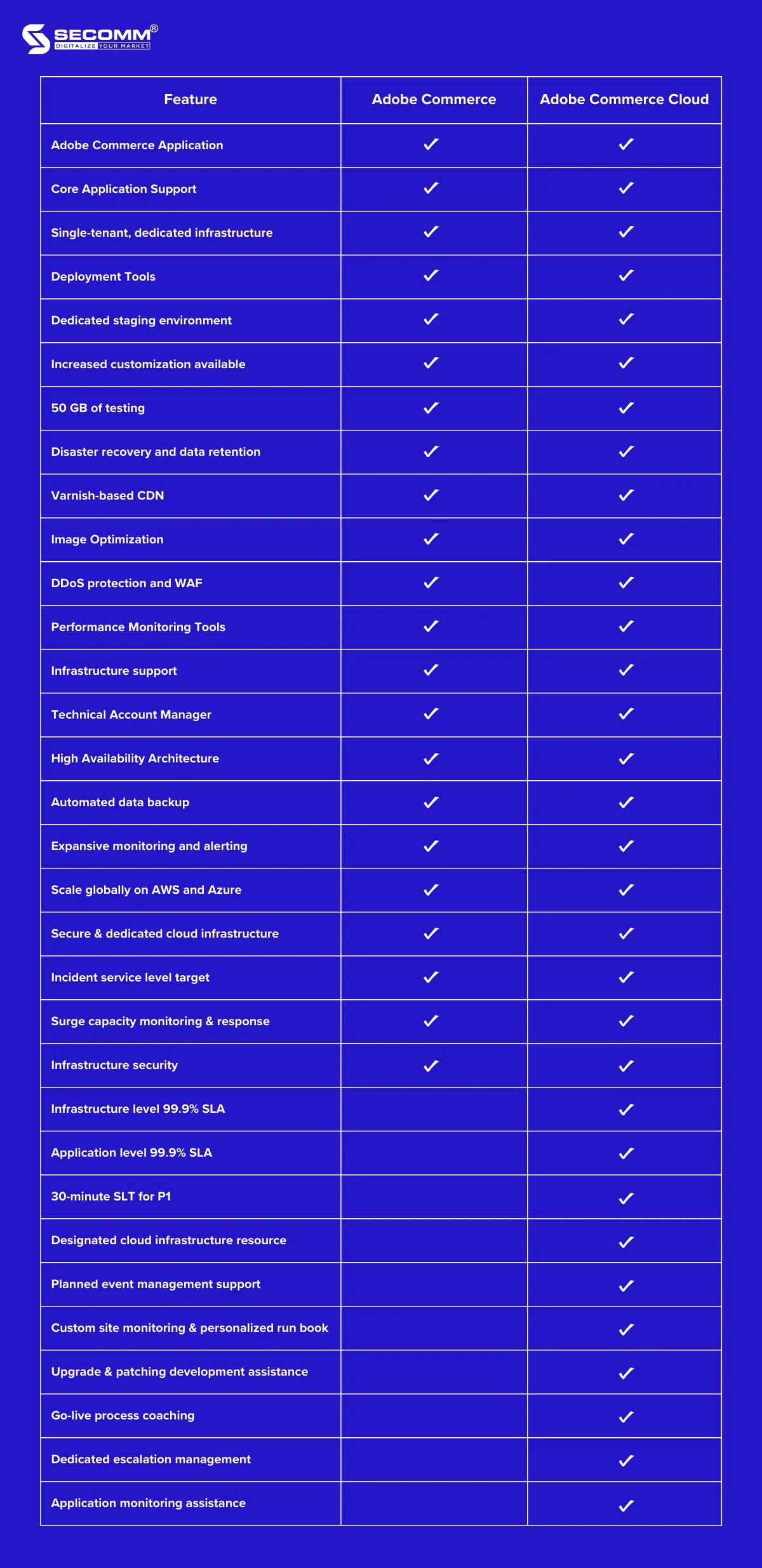
Besides the features, Magento and Adobe Commerce (both versions) also have some other differences.

Magento and Adobe Commerce are both powerful eCommerce platforms that can meet the needs of businesses of all sizes. However, there are some notable differences between these two platforms.
Choosing the right eCommerce platform for a brand depends on the specific needs and budget of each business. If a business is a small to medium-sized enterprise, newly entering the market, and only requires basic and advanced features, then Magento Open Source is a good choice.
However, if the business is large and complex, requiring extensive features and scalability, then Adobe Commerce is a better choice.
Looking for a suitable eCommerce Website Development Solution?
With deep expertise and the development of complex eCommerce systems for clients such as Changi Airport Group (Singapore), Trentham Estate (Australia), and The Warehouse (Vietnam), SECOMM understands the challenges in choosing a platform and deploying eCommerce that businesses are facing.
- Comprehensive Understanding: Providing comprehensive eCommerce solutions from consulting, development, and operation to the growth of eCommerce systems.
- Deep Expertise: Over 9 years of experience in deploying complex eCommerce systems for clients from various countries.
- Customized Solutions: Proposing eCommerce solutions, including technological architecture and a suitable team for each business.
- Flexible Progress: Project timelines and schedules are adjusted according to the specific needs of the business.
Contact SECOMM now or call directly at the hotline number (028 7108 9908) for free advice on the eCommerce website building roadmap!
Read more:
- Adobe Commerce vs WooCommerce: Detailed Comparison in 2023
- Shopify Plus vs Adobe Commerce: Key Differences 2023
- The cost of building an Adobe Commerce (Magento) website







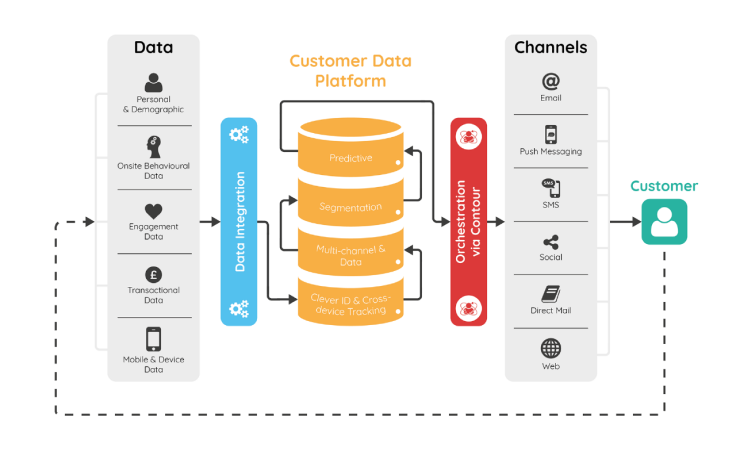



























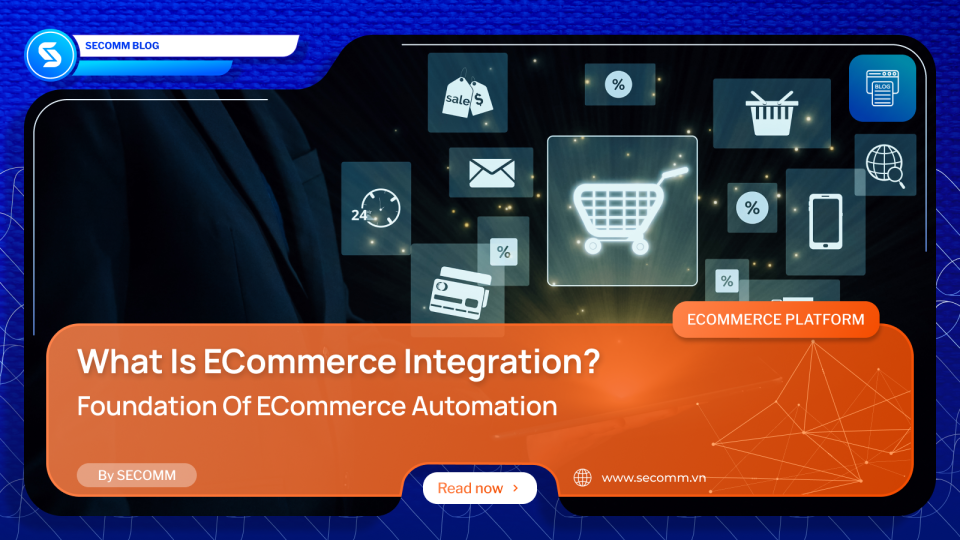









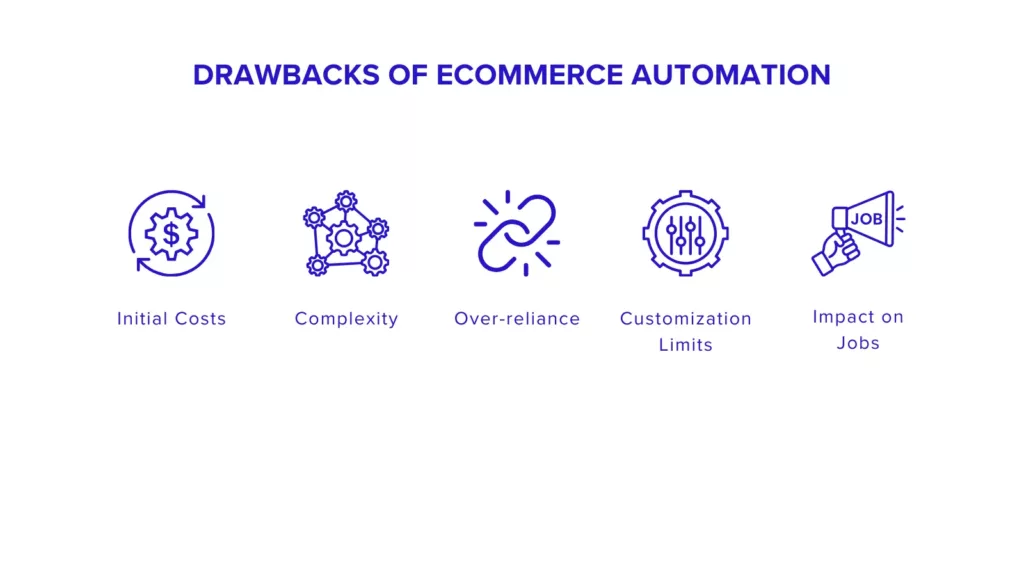








































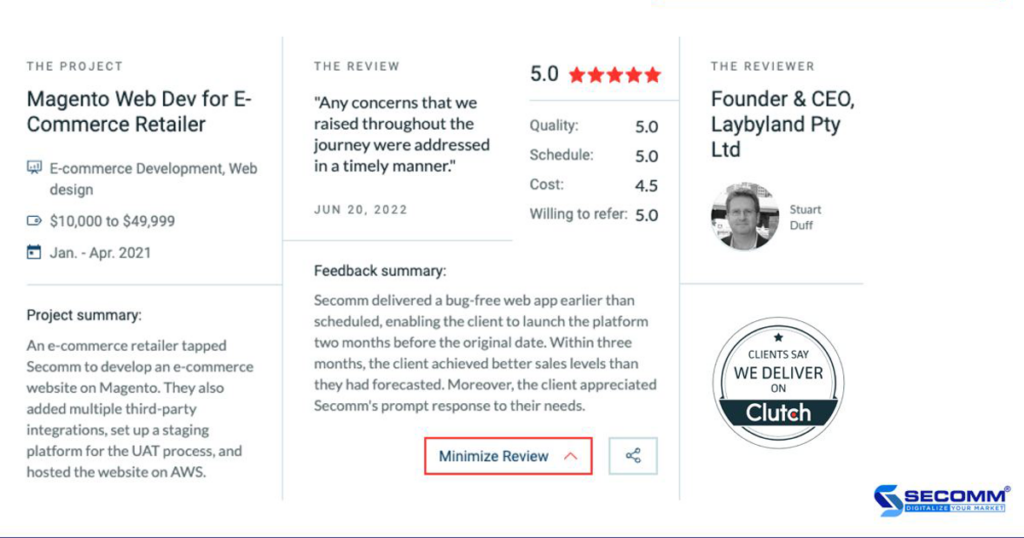
























Comment (0)